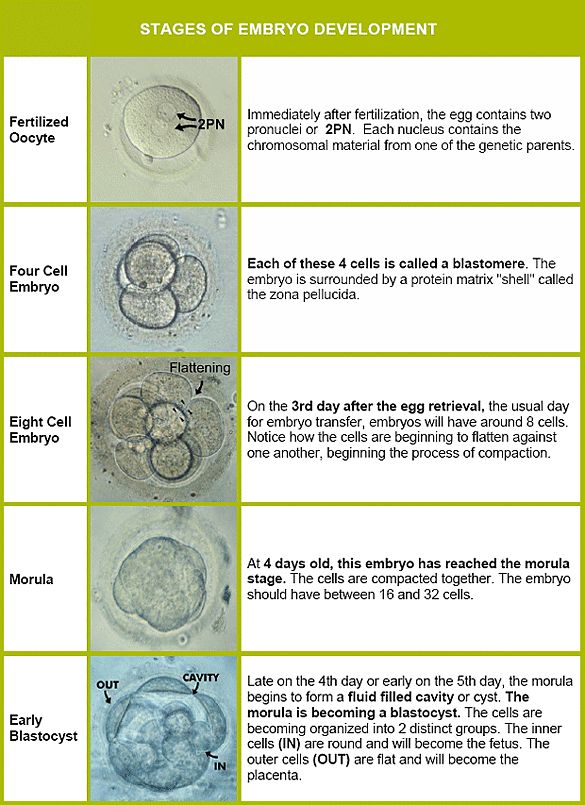embryo thawing process
Remove the embryos from the cooler and store them in tanks of liquid nitrogen at -321 Fahrenheit -1961 Celsius. Embryo thawing the last step of the cryopreservation process.
For either process the embryos are.

. The most advanced embryo that we freeze is between 100 to 120 cells which is known as a blastocyst. The dish is then moved to a heated surface to complete the warming process. The rapid freeze increases the cooling rate and prevents the formation of ice crystals which may cause breakage later.
We expect the majority of embryos to survive however some do not survive. We simply take your embryos out of liquid nitrogen and warm the embryos up quickly to body temperature. The cryopreservation embryos that are coming out of the freezer at 196C are warmed to body temperature in 2-3 seconds.
After the embryo is retrieved from liquid nitrogen storage and all patient identifiers are checked it is placed in a prepared dish and processed through several drops of thaw materials. Can you explain why some embryos dont thaw. Holding firmly cut off the sealed end midway though air column at mid-point of PVA plug.
Put the embryos in a machine that cools them slowly decreasing the temperature over about two hours. It is around 120 microns or about a tenth of a millimeter in size so it is very conducive to. Using forceps grasp straw and hold in air for 40 seconds then plunge into room temperature water until ice disappears.
Multiple embryos are often created as part of an in vitro fertilization IVF procedure but only a certain number of. Our scientists explain vitrification the process used to freeze embryos and the storage methods involvedFor more information contact your local City Ferti. Do all embryos survive the freezing and thawing process.
This process is done by placing the embryo into a solution and then rapidly freezing it in liquid nitrogen. Prepare warm water95F 35Cin thaw unit. Push contents out of straw with wire rod or plastic plunger into room temperature 35 mm dish.
Embryo thawing is the process for recovering the physiological temperature of embryos and replacing the cryoprotectant molecules that enabled preservation at -196ºC with intracellular water. The embryo is warmed up much faster than it is cooled using air and warm water baths in as little as 20 minutes. Stored in containers that look like small straws.
Once a CL is confirmed one embryo should. A frozen embryo transfer FET cycle means thawing one or more embryos frozen during a previous treatment cycle and transferring that embryo or embryos to the uterus in order to try to establish a pregnancy. Embryo thawing is the procedure to recover previously frozen embryos prior to an embryo transfer.
Sometimes despite the fact that the techniques used are very advanced some embryos might not withstand the process. Embryo thawing is the reverse of the freezing process and involves warming the embryos to room temperature to allow the transfer back into culture media at 37C in CO 2 incubator. Remove from water and gently wipe straw dry.
Set the liquid nitrogen tank on a level surface away from direct. Embryo thawing is a process where embryos are warmed from a cooled state to prepare for transfer to a uterus. The procedure involves removing eggs from the ovaries fertilizing them to create embryos letting them grow for several days and then freezing them.
Here you will find our products used to thaw embryos safely and carry on with bovine embryo transfer. This reactivates biological activity. The cryoprotectant is removed from the embryo and replaced with water rehydrating the cells.
The thawing process essentially works in reverse. The technician should palpate the recipient cow for a corpus luteum CL. The embryologist has to actually remove the antifreeze from the embryo and then replace the water that was removed at the.
Rapidly thawing the embryo prevents any ice crystals from forming and damaging the cells. The process is a routine procedure at Life Fertility Clinic. The embryos are thawed either the day before or on the day of the scheduled embryo transfer.
The embryos are then ready for transfer to the uterus. This rapid thaw method does minimal damage to the embryo from ice that could form during warming. During thawing we remove these cryoprotectants and reintroduce the normal function of the embryo by slowly increasing its cellular water content.
When thawed the fertilized eggs embryos can be implanted either in the patient or in another person. We remove the protective chemicals from the embryos that enabled them to be frozen safely.

Pin On Third Party Reproduction

Pin On Fertility Infertility Journey













Comments
Post a Comment